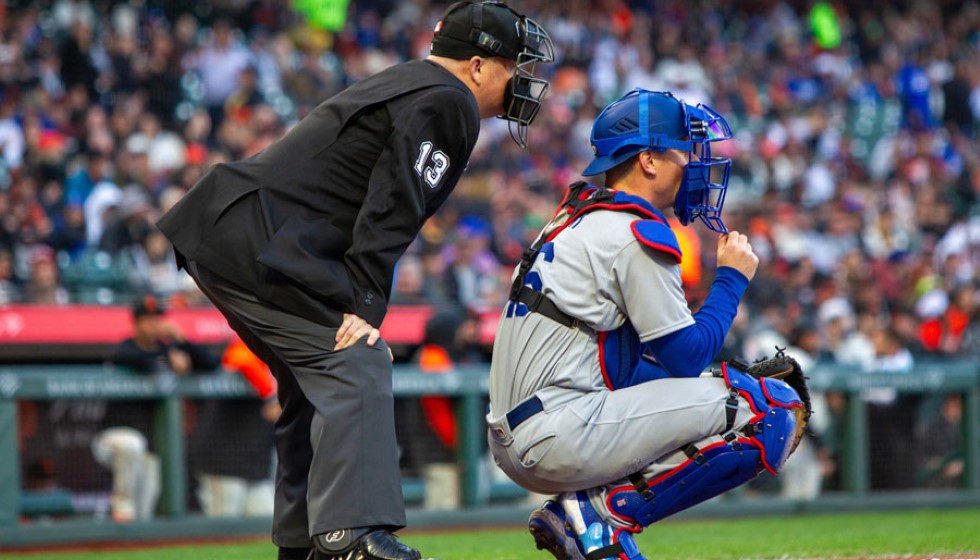
In the realm of Major League Baseball's pitching elite, few names resonate as significantly as Max Fried and Blake Snell. Both left-handed pitchers have carved impressive careers, promising to spark fierce bidding wars among teams looking to shore up their rotations with top-tier talent. While both are expected to command substantial financial offers, their paths and profiles present a fascinating study in contrasts.
The Consistent Craft of Max Fried
Max Fried's journey through the majors is a testament to resilience and reliability. With a career ERA+ of 140 over nearly 900 innings, Fried stands as one of the more consistent performers in the league. His track record is punctuated by efficiency and poise, even during adversity-stricken seasons. Notably, his worst WAR season as a full-time starter still saw him manage a respectable 2.6 WAR—remarkable considering it was a campaign curtailed by injury to just 14 starts. It's these attributes that make Fried appealing to teams in search of a "steady presence," as Matt Snyder put it.
Indeed, Fried is often perceived as the safer bet. R.J. Anderson echoed this sentiment, noting, "I guess if I had my druthers I would take Fried... he doesn't have the same command-related crater risk." For teams wary of volatility, Fried offers a reliable backbone, characterized by precise command and an ability to consistently deliver quality starts.
Blake Snell and the Allure of Potential
On the other hand, Blake Snell offers a tantalizing mixture of brilliance and unpredictability. A two-time Cy Young award winner, Snell is renowned for his ability to miss bats, a trait that Mike Axisa extolled: "When he's on, he's as good as any pitcher in the game... Snell is one of the game's premier bat-missers." His accolades and his potential to be an ace on any given day make him an attractive option.
However, Snell's career has not been without its challenges. His seasons have often been marred by high walk rates, contributing to varying WAR outputs. Dayn Perry highlighted these issues, remarking, "it's hard for me to overlook his chronic command-and-control issues." The potential risks associated with Snell are balanced by his high ceiling, drawing interest from teams willing to gamble on the chance of capturing his elite form.
Diverging Paths, Converging Markets
As these two pitchers prepare to enter the market, their prospective values seem intriguingly aligned despite their differing profiles. R.J. Anderson suggested, "I suspect they might have a similar financial outlook based on their ages and track records." This convergence speaks to the scarcity of elite starters and the premium teams are willing to pay for frontline talent, whether that comes in the form of Fried's consistency or Snell's explosive potential.
The pitching market often demands decisions between risk and security. For Matt Snyder, the choice leans toward safety: "I like gambling at times, but less so with southpaw pitchers in their 30s. Gimme the safe option in Fried." This perspective underscores a broader sentiment among executives and scouts when evaluating pitching: the balance between proven reliability and potential upside.
Ultimately, the demand for starting pitching in Major League Baseball ensures both Fried and Snell will be highly sought after. Teams will assess their unique attributes and consider organizational needs and philosophies. Whether it's Fried's dependable delivery or Snell's tantalizing prowess, both pitchers promise to shape the narratives of the franchises they join, making this an offseason to remember in the world of professional baseball.